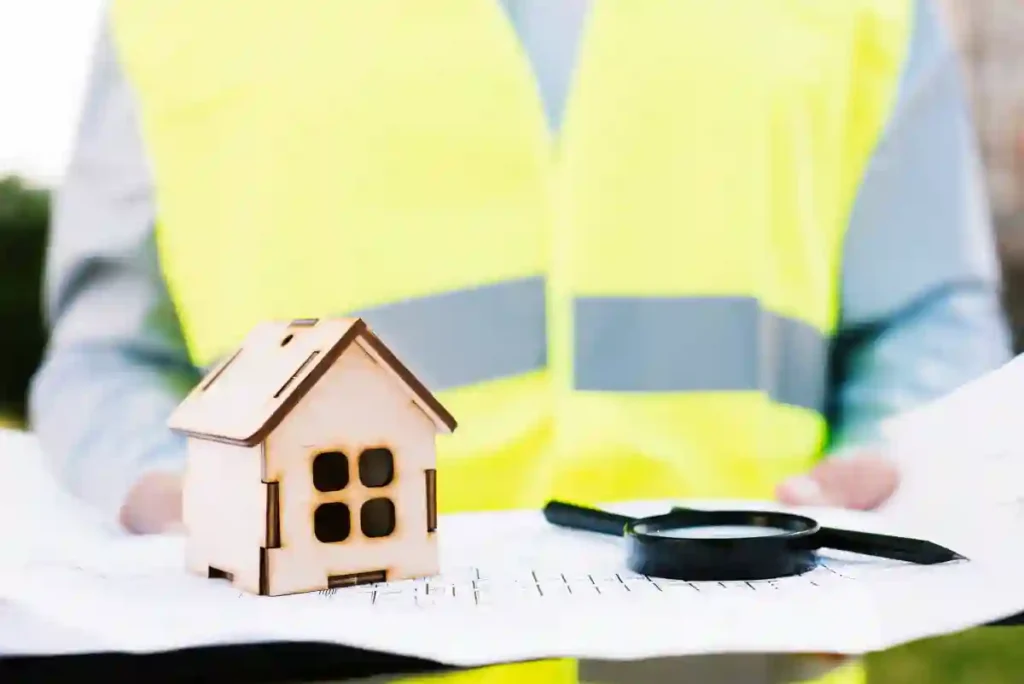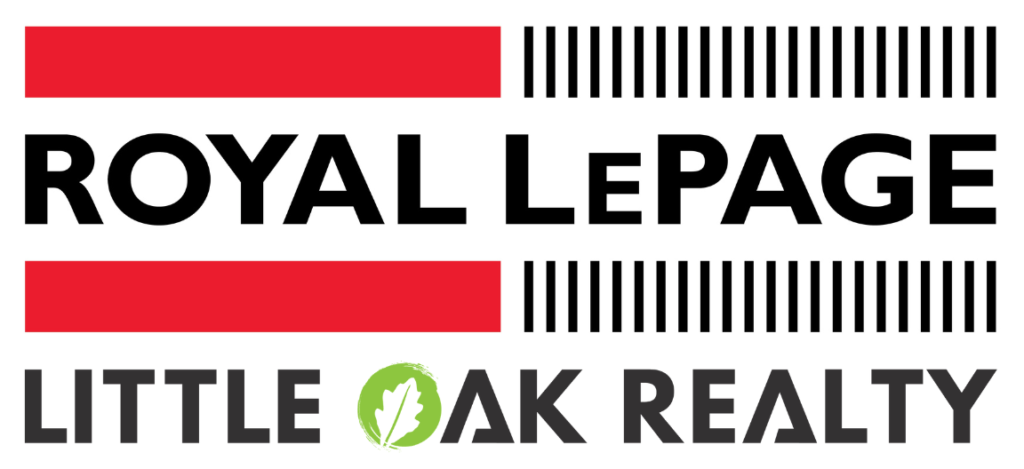One of the biggest purchases you will undertake in life is to purchase a home. Careful conduct of a home inspection is necessary to guarantee that this process is smooth and that you get to make an informed decision. A home inspection list assists you in assessing the quality of a place in an orderly manner before you complete a sale. This article will take you through the major dos and don’ts when you are having a home inspection including the major places that you should pay attention to so that you can avoid unpleasant surprises when it comes to buying your home.
The Need for a Home Inspection
The home inspection gives an objective evaluation of the status of the property. It is useful in spotting possible problems that cannot be spotted in a leisure stroll. Structural issues, problems with electricity, the detailed inspection will help you avoid unforeseen expenses on repairs, and the possibility to negotiate a cheaper price.
Important Areas to Incorporate in Your Home Inspection List
1. Roof and Gutter
Look out to see if the shingles are missing or damaged, leaks, gutter, and downspouts condition. Drainage should also be taken care well to avoid the coinciding costly repairs because of the water damage.
2. Basement and Foundations
Inspect cracks, moisture, or publications of water penetration. A strong foundation is very important in terms of the safety and life span of the home. The crooked floors or the signs of a broken foundation may be warning signs.
3. Siding and exterior Walls
Look at cracks, rotting, or damage to the siding. Examine the paint and examine aspects of pest infestation like termite presence or holes.
4. Plumbing System
Check faucets, showers, and toilets to ensure that they have no leaks and water pressure. Examine visible pipes to look at corrosion or damage. Water stains or mold in sinks and toilets should be determined.
5. Electrical System
Have every outlet, switch, and fixture functional. Look at the electric panel to see whether there are obsolete or hazardous wiring. Search for overloaded circuits and signs of homemade electrical work that are probably not up to code.
6. Heating Ventilation and Air Conditioning (HVAC)
Check the temperature regulating systems by concurrently heating and cooling the room. Inspect filters and ducts to see whether they are clean and not damaged. Enquire on the age and upkeep of HVAC conditioners.
7. Wall, Ceilings, and Floors (Interior)
Inspect and examine for cracks stains or water damage. Test the flooring material like hardwood, tile, or carpet. Structural problems can be noted through an uneven floor or a sagging ceiling.
8. Windows and doors
Make sure they open and shut easily and ensure that there are no draft or pried open seals. Check any signs of evaporation on dual windows as this may show a weak window.
9. Appliances
Check built-in appliances such as ovens, dishwashers, and garbage disposals to ensure they are working. Enquire about warranties or current fixes.
10. Safety Features
Test smoke detectors, carbon monoxide, and security systems. Ensure that they are properly put up and work.
Tips for a Successful Home Inspection

Retain a Certified home inspector: Find a certified home inspector and one who knows the area.
- Attend the Inspection: it is in your best interests to be there and to start to get answers to your questions. It also lets you know about the maintenance needs of the home.
- Write and Take Photos: Take notes on what you discover and use that as a reference when you talk with your real estate agent or contractor.
- Request Repair Estimates: When problems are indicated, request the costs of making repairs of professionals when considering the budget implications or negotiate with the seller.
- Understand everything in the Inspection Report: You cannot make decisions without reading the report. Feel free to consult your inspector on the doubts.
Conclusion
The most effective method of going through the process of home buying is a detailed checklist of home inspection. Listening carefully to areas to pay attention to and resorting to the advice of professionals, you can exclude the possibility of unexpected difficulties and make a conscious purchase. Note that it is not only important to inspect a house but that, by doing that, you save money and nerves later. With a professionally done home inspection, not only are you investing your money wisely, but you are also getting the peace of mind as you stride in your new house.
FAQs
Q1: What is the duration of a normal home inspection?
A normal household inspection should last about 2 to 4 hours, or longer, depending on the size and the condition of the property.
Q2: Is it possible to perform a home inspection myself?
Although you are capable of performing a simple walkthrough, a professional inspector is competent enough to detect some underlying problematic points that cannot be viewed at first glance by a layman.
Q3: What can occur in case major issues are identified during the inspection?
You may negotiate a repair with the seller, ask for a price cut, or in other situations walk out on the deal in case of major problems.
Q4: What is the fee for a home inspection?
The costs will depend on the location and the size of the properties but generally cost between $300 and $500.
Q5: Made in a new construction, should there be a home inspection?
Yes, defects may appear even in new houses. There are checks to help ensure your property reaches the required level of quality and safety before you occupy it.



